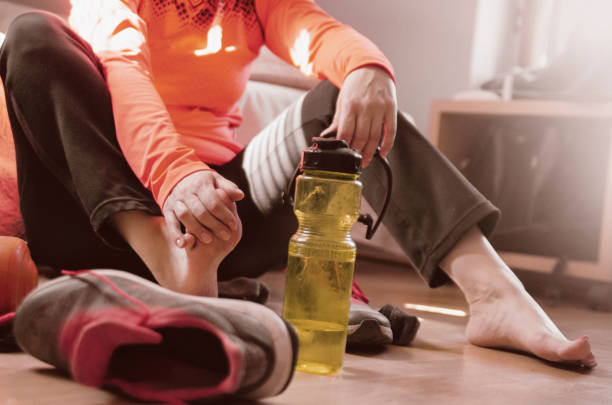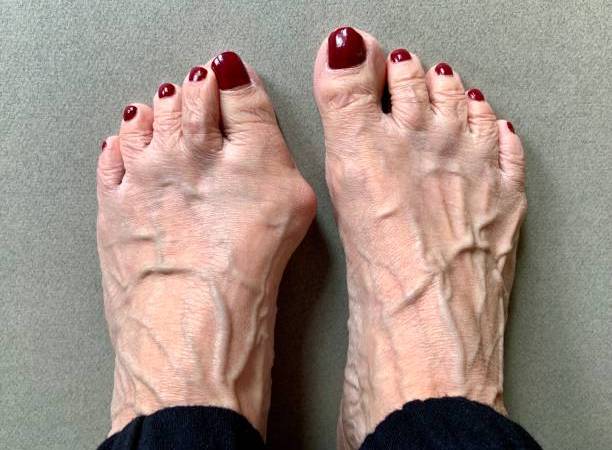Everything to Know About The Formation of Bunions and Bunion Treatment in Athletes

Top Indicators for Considering Ankle Surgery
August 8, 2024
Bunion Pain
August 21, 2024Bunions are formed from a combination of lifestyle and genetic factors. They affect running, and this can be a huge problem for athletes. Chronic foot problems can present a tough time for runners. Foot issues like bunions can make it impossible for them to beat further milestones. Bunions can result in generalized ankle and foot pain. So, for athletes, the only way to tackle this problem is to combine lifestyle adjustments with prevention measures and podiatry care. Let us explore bunions and bunion treatment in athletes.
Runners and Bunions
Subjecting feet to repetitive motion and constant pressure on the toes makes the feet more prone to developing bunions. The most common culprits of bunions are standing for long periods every day and wearing high heels. Since hormonal changes often loosen the joints, women are at further risk of bunion formation. In the case of runners, bunions result from the repeated stress of hitting the pavement. But they can offer bunion treatment in Houston, TX or elsewhere to fix the problem and get running again.
Preventing Bunions in Runners
People with a family history of bunions or with loose joints are at an increased risk of developing bunions. Running also increases the risk of bunions. However, the proper shoe selection can be the best way to compensate for the risk. If a bunion has started to develop, you need to make sure that you prevent the need for eventual surgery by keeping the bunions from getting worse and keeping the pain level low and infrequent.
To slow down the formation of bunions, you can:
- Use orthotics or shoe inserts for training and regular wear.
- Wear custom pads for extra arch support, especially if you have flat feet.
- Use toe taping or toe separator to keep your toes in the correct position during a run.
- Pay attention to your posture, as it affects the pressure you put on your toes.
Runners can also strengthen foot muscles and ligaments by special exercises such as:
- Toe extensions: This involves sitting on a chair with feet touching and flat on the floor and then bending the toes upwards for 30 seconds at a time.
- Toe adductors: This includes sitting on the chair with both feet on the ground, spreading the toes outwards, and holding this position for 5-10 seconds.
Can Bunion Surgery Help Athletes?
Bunion surgery can provide relief, but podiatrists avoid this step as much as possible. This is because even minimally invasive surgery requires some time off your feet. It can take a few months to return to your previous activity levels. The two most successful procedures for bunions include:
- Chevron bunionectomy: This is the most widely used bunion surgery, and it works best for mild to moderate bunions in people under 50.
- Lapidus procedure: This procedure is used in more severe cases. It is a more complex surgery that involves fusing some bones in the toe and requires a longer recovery time.
Final Take
The foot specialist will choose the right type of surgery depending on your pain levels. In the last few years, there have been great advances in foot surgery, which can be done using minimally invasive techniques so that athletes can receive treatment quickly and get back to their active lives.
Featured Image Source: https://media.istockphoto.com/id/1205793259/photo/feet-pain-after-jogging.jpg?s=612×612&w=0&k=20&c=XtBs_S7nOC38D5LfMHh1HMcmhgq9y2hOwBTTu0uvXL8=



